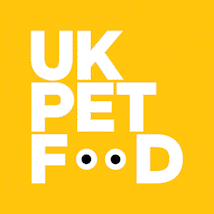How pet food is made
The pet food manufacturing process
This video and images below summarise the processes involved in dog and cat food production.
Pet food production in the UK is regulated by law in the same way as human food is. The process is complex and safety checks are ongoing throughout the production process, ensuring nutritious food, safe for our pets; the fundamental aim of UK Pet Food members
Making wet dog & cat food
Hover your mouse over each image to find out more
Ingredients are strictly regulated and checked.
Ingredients are carefully measured.
Wet raw ingredients are cooked.
Chunks are then mixed with gravy or jelly.
Wet pet food is then filled into a range of containers.
The containers are then sealed and cooked.
Wet pet food is finally packed for distribution.
Safety checks are ongoing throughout the process.
Making dry dog & cat food
Hover your mouse over each image to find out more
For further information, please contact us at: [email protected].
